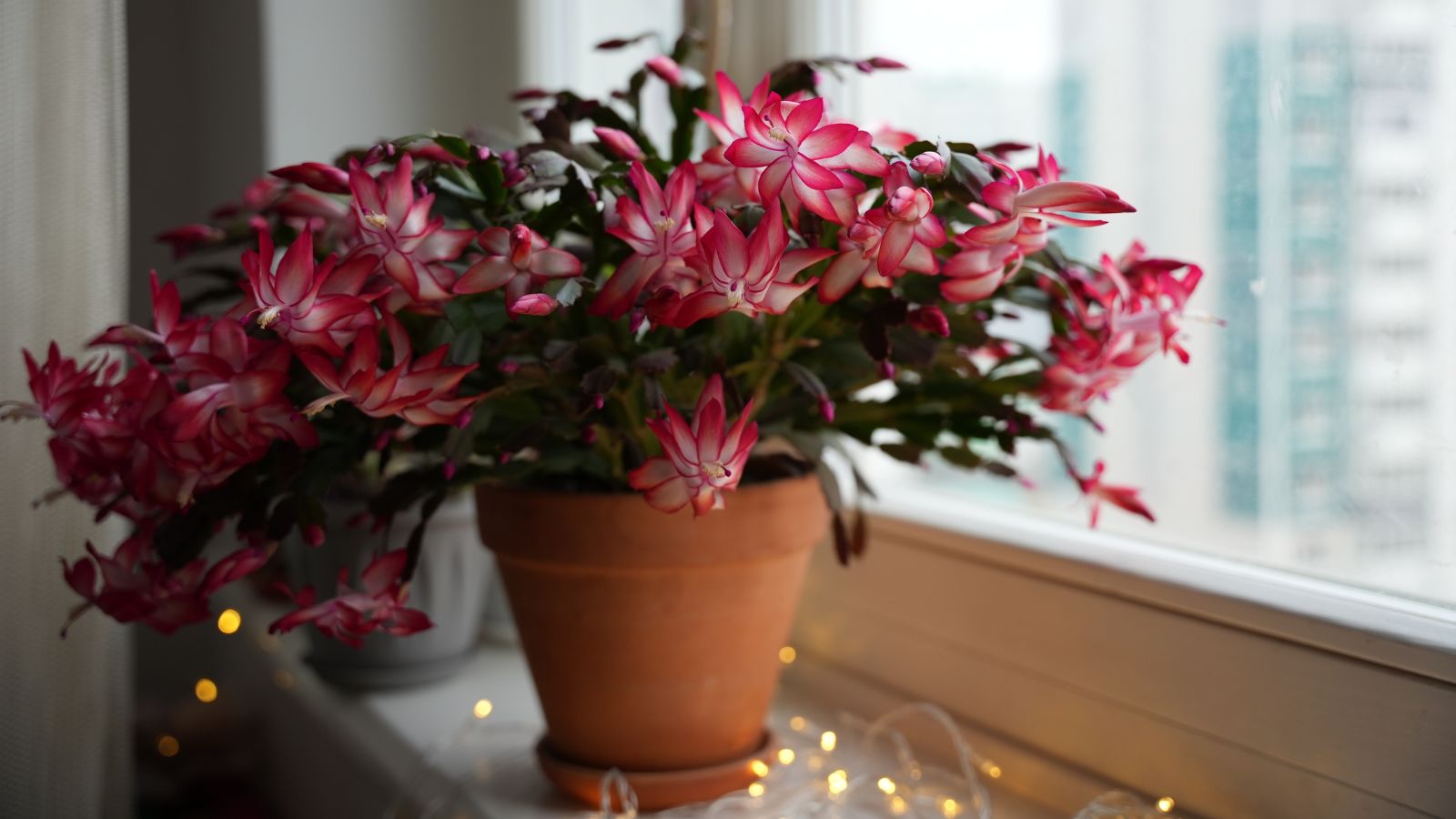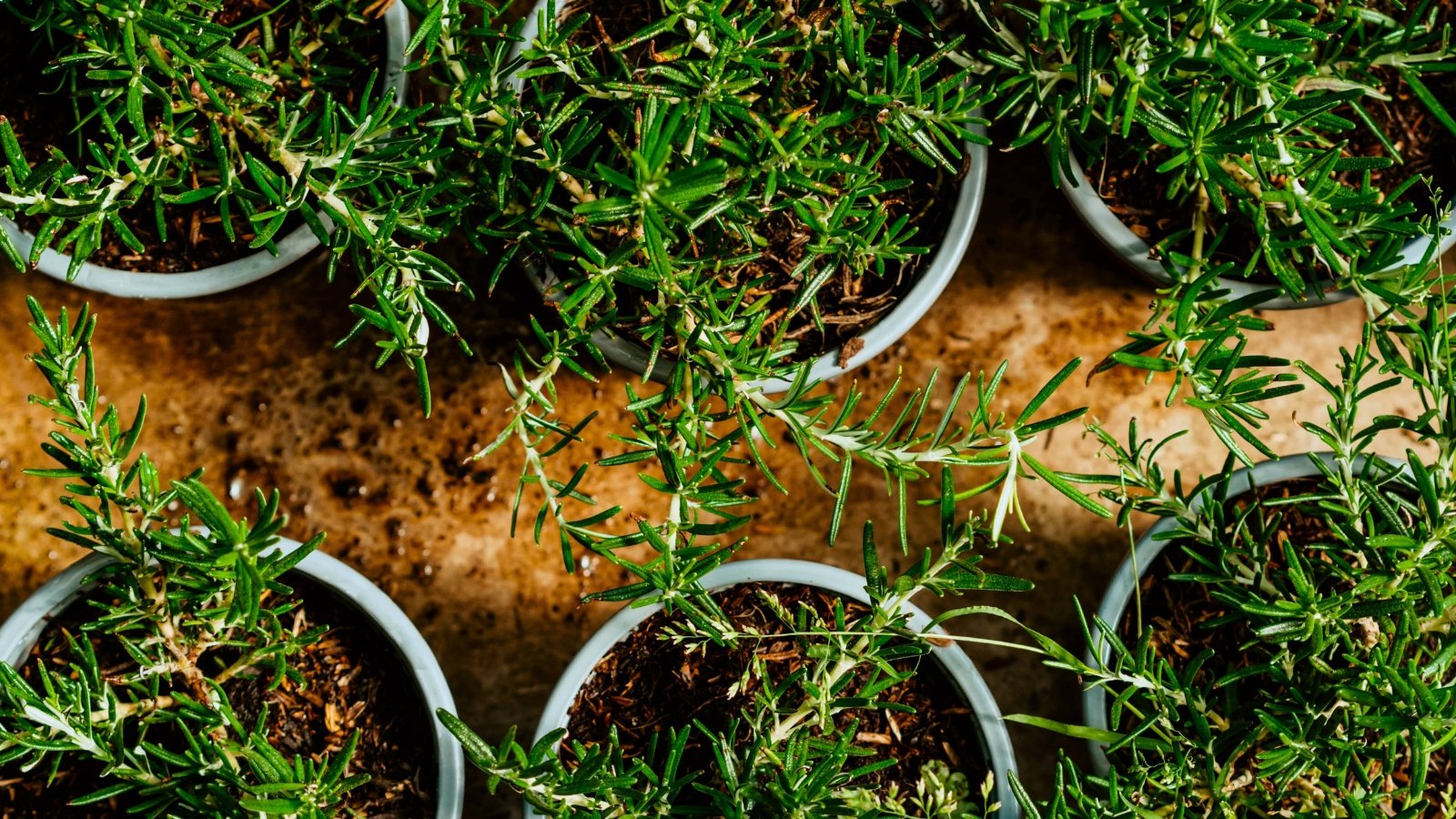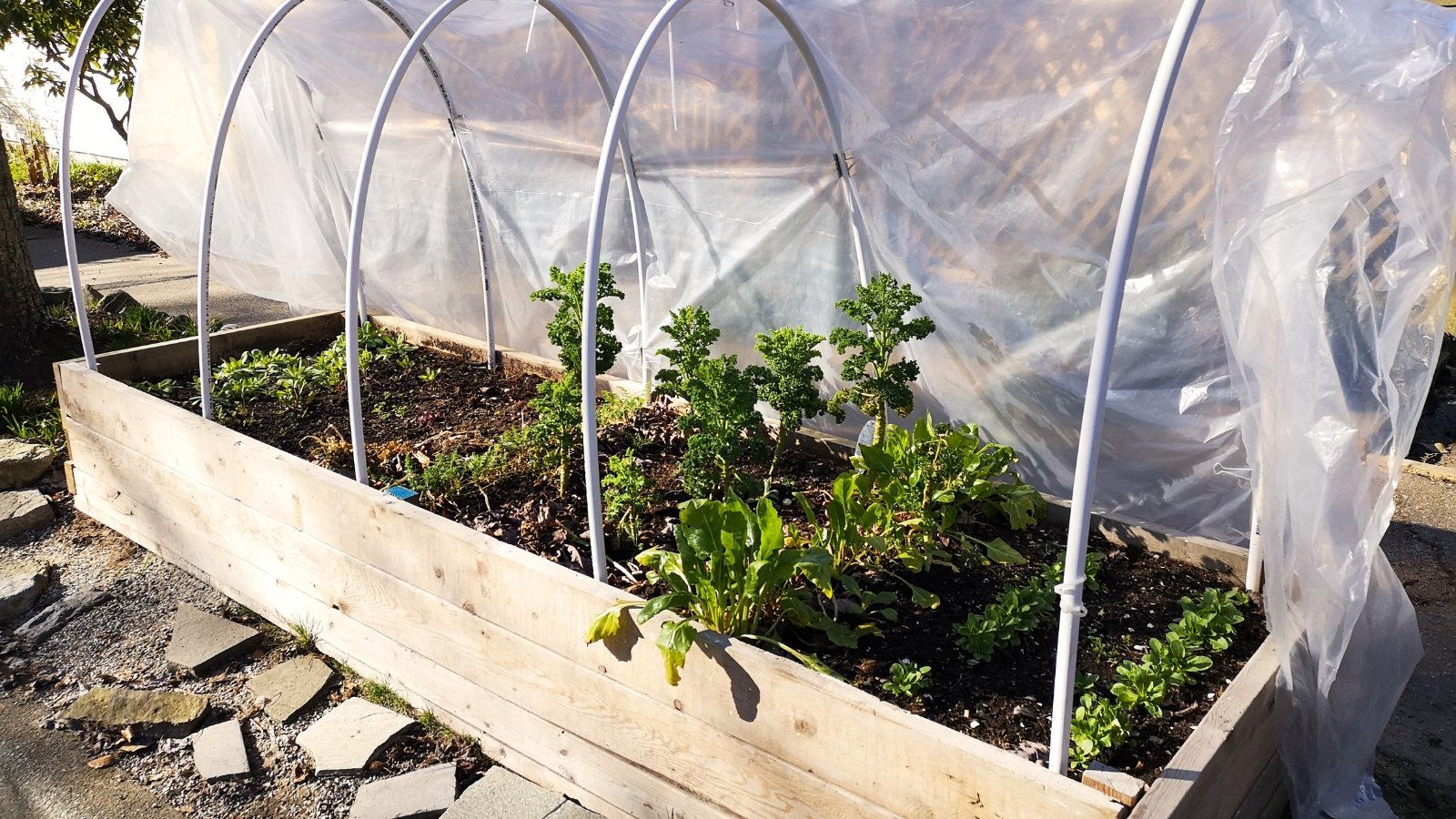PROTECT YOUR DNA WITH QUANTUM TECHNOLOGY
Orgo-Life the new way to the future Advertising by AdpathwayRaised garden beds offer form and function for home gardeners. Instead of planting your plants directly in the ground, raised beds allow you to manicure your garden right into the landscape.
There are several layouts of raised bed gardens to choose from. Some flow like natural features, while others contain your plants in organized plots.
Read on to learn which ones are the best and get ideas for your landscape. You may be surprised which one works for you.
Small Elevated Planter

Small Cedar Elevated Planter 25.5″ x 47″ x 31″
Large Raised Bed

Large Cedar Raised Bed 47″ x 91″ x 15″
Small Modular Bed

4-Pack 29″ Tall Birdies Small Modular Bed
The Short Answer
There are a lot of factors to consider before picking a raised bed garden layout. First, you need to know what you’re planting and why. Do you want something that’s humble and practical for flowers and vegetables or a design built to impress?
The next thing to consider is what type of material you want to build it out of. Are you artistic and want a fun and eclectic outdoor project? Or do you need something solid, secure, and long-lasting?
The short answer to which garden bed layout is best depends on you. Fortunately, we can help you make the best decision.
The Long Answer
 Choose any style you like as long as it suits your plants and makes you happy.
Choose any style you like as long as it suits your plants and makes you happy.Below are several styles of raised bed layouts to consider and what type of garden they’re good for. Ultimately, there’s no wrong answer as long as you love the design and it works for your plants.
Metal Raised Beds
 These containers are versatile, and tall ones deter critters while making it easier to reach plants.
These containers are versatile, and tall ones deter critters while making it easier to reach plants.Metal raised beds like these are my favorites. They’re super versatile and perfect if you’re a busy gardener looking to grow food.
I like to use tall beds, around 29 inches tall. They bring your plants closer to eye level and make it more difficult for the critters in my region to feast.
Wooden Raised Beds
 They create a rustic look and are easy to assemble or build for a custom style.
They create a rustic look and are easy to assemble or build for a custom style.Wooden raised beds like this one create an esthetically pleasing, woodsy aesthetic in your garden landscape. Some are easy to assemble without tools. Or you can get fancy and build them yourself out of lumber.
 The 12″ x 12″ sections divide plants efficiently, making organized, low-maintenance setups ideal for victory or survival planting.
The 12″ x 12″ sections divide plants efficiently, making organized, low-maintenance setups ideal for victory or survival planting.Square foot layouts divide your beds into 1 square foot sections. The purpose is to divide and separate your plants efficiently. This layout is organized, easy to maintain, and great for victory gardens or survival gardens.
You can use any bed for square foot layouts. You just need enough surface area to mark several square foot sections. Use strings, netting, or wooden markers to create your grid.

Accessible Designs
 Use table containers under 48 inches wide to bring plants closer for easier maintenance.
Use table containers under 48 inches wide to bring plants closer for easier maintenance.Accessible designs are layouts created for people with mobility issues. They utilize table beds like this one to bring the plants closer to eye level. These beds should be no more than 48 inches wide.
If you use a wheelchair, space your paths out to allow enough clearance to move freely. Add irrigation to make watering easier, and consider paving the pathways for extra mobility.
Potager Designs
 Mix vegetables, herbs, and fruits together, offering endless combinations for creative kitchen harvests.
Mix vegetables, herbs, and fruits together, offering endless combinations for creative kitchen harvests.Potager designs, aka kitchen gardens, are literally an edible free for all in one bed. They can be as large as you want or even incorporate several beds together. At their core, they’re free hand vegetable gardens.
Plant annuals, perennials, fruits, climbers, flowers, and herbs all in the same bed. Choose the way you want to organize them and have fun. Place stone paths down to zigzag through the bed.
Make your life easier by installing drip irrigation or any other automated watering system. If you’re a home cook and love gardens that are on the quirkier end, these layouts work great.
Cut Flower Layouts
 These arrangements combine containers and pathways to showcase perennials or annuals beautifully.
These arrangements combine containers and pathways to showcase perennials or annuals beautifully.Cut flower layouts involve a mixture of raised beds and pathway designs built for highlighting your flowers. Whether you’re growing a mixture of perennials or annuals like sunflowers, these layouts play with the Feng Shui potential of flowers.
Grow colorful floral patterns that spill out from the beds. Plant perennials and rotate annuals to bring pops of color throughout the seasons. Try to keep everything at eye level or slightly below so your landscape looks like a sea of colorful blooms.
Succession Beds
 Ensure continuous harvests by timing plantings weeks apart for growing and harvesting cycles.
Ensure continuous harvests by timing plantings weeks apart for growing and harvesting cycles.Succession beds can be made from any material. What makes them different is their function. Succession planting is when you time the same species of plant over the course of several weeks or longer. Just when you’re harvesting one crop, you’ve got the next in the ground as seedlings.
You’ll need several raised growing spaces labeled with the planting date, species, and the expected days to harvest. Also, label how many weeks you want to wait until planting the next round. Each bed should have a different round of crops. With this layout gives you continuous crops throughout the year.
Upcycled Layouts
 Recycled containers like tires or boats become creative growing spaces if they have proper drainage holes.
Recycled containers like tires or boats become creative growing spaces if they have proper drainage holes.Recycled items like tires, bathtubs, or even boat hulls can make excellent garden planters. Why not make them the stars of your garden layout? Upcycled garden planters use everyday trash to create raised growing spaces; sometimes, they look incredible!
Get creative and try using any item you can find. My friend once built her garden out of upcycled beds made from broken surfboards. As long as you have enough drainage holes, the sky’s the limit.
Built-In Beds
 They can be made from concrete, brick, or stone to integrate seamlessly into buildings and highlight architectural features.
They can be made from concrete, brick, or stone to integrate seamlessly into buildings and highlight architectural features.Built-in beds can be composed of concrete, brick, stone, or even wood. They’re typically built into a home or building and accentuate the building’s exterior.
These layouts are great if you’re a homeowner who loves structure. They’re a good way to incorporate your garden into your home’s architecture.
Spiral Gardens
 They save space and suit herbs, succulents, or vegetables by stacking bricks or rocks vertically.
They save space and suit herbs, succulents, or vegetables by stacking bricks or rocks vertically.Spiral gardens look wonderful and save a lot of space. You can create them for herb gardens, victory gardens, or succulent gardens.
You can dig a spiral garden in a hillside or stack bricks or rocks to create a mound. Spiral gardens are wonderful ways to elegantly blend your garden with your landscape.
Parterre Garden
 These designs use geometric patterns and trimmed hedges to create elegant growing spaces with topiary highlights.
These designs use geometric patterns and trimmed hedges to create elegant growing spaces with topiary highlights.Parterre gardens first entered the gardening scene in 17th century Europe. The design took off in French and English palaces, estates, and government gardens.
By measuring geometric patterns in your garden, you can arrange garden containers in regal-looking patterns. Try creating topiary in your hedges and highlight the natural curvature of your yard.
Choose flowers in one color or herbs that balance each other. There are no rules, as long as you organize everything equally.
Privacy Layout
 Privacy designs grow vines, perennials, or brambles in containers to create edible, protective fencing around spaces.
Privacy designs grow vines, perennials, or brambles in containers to create edible, protective fencing around spaces.Sometimes gardens function more than just growing food and flowers. Privacy gardens create natural barriers between you and the world.
Start with raised containers and plant vines, tall perennials, or even brambles and roses for extra protection. You can make edible fencing that encloses your entire yard while keeping everything looking beautiful.
Final Thoughts
Raised bed garden layouts should be expressions of you. They can be anything from simple Potager layouts to epically complex Parterre and built-in designs.
Take your time designing your ultimate raised bed garden landscape. Make it practical and fun and you’ll want to spend even more time outside in your garden.


 7 months ago
52
7 months ago
52





















 English (US) ·
English (US) ·  French (CA) ·
French (CA) ·